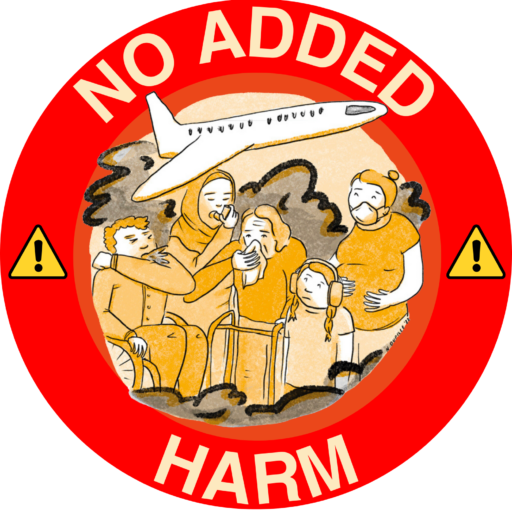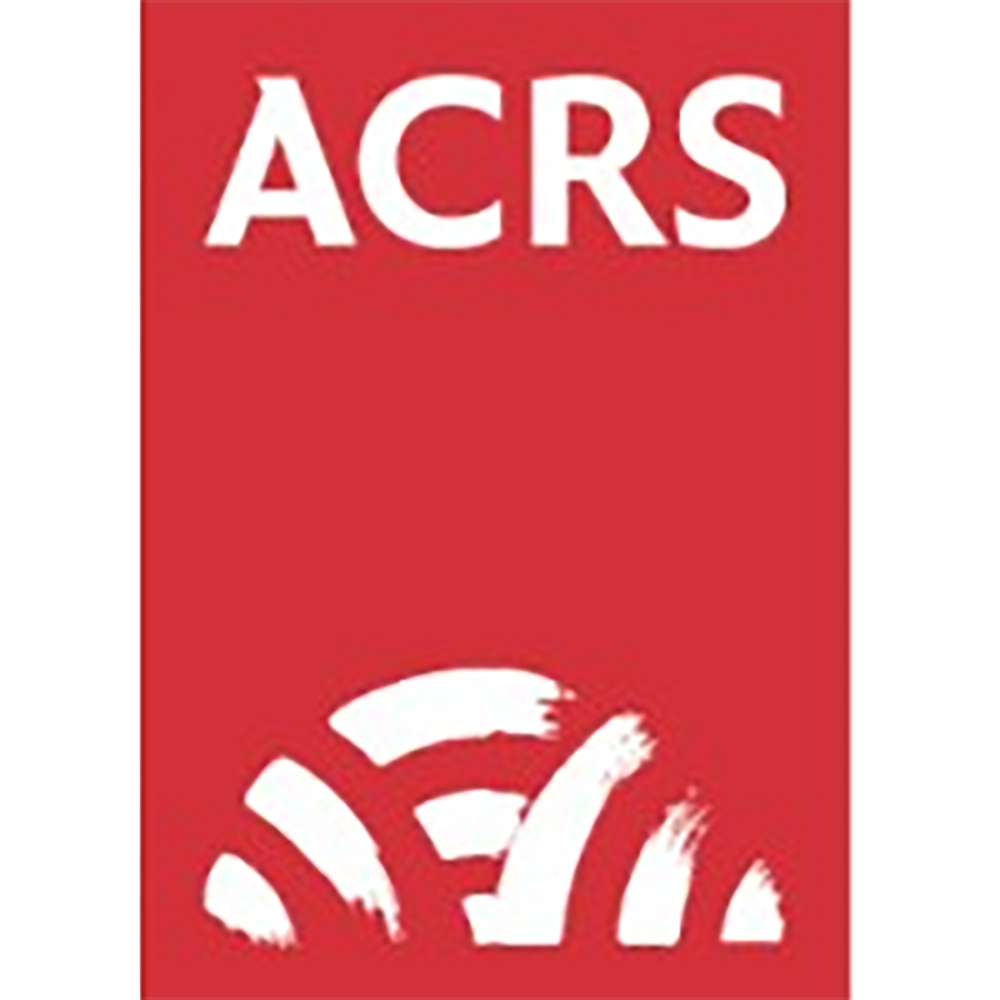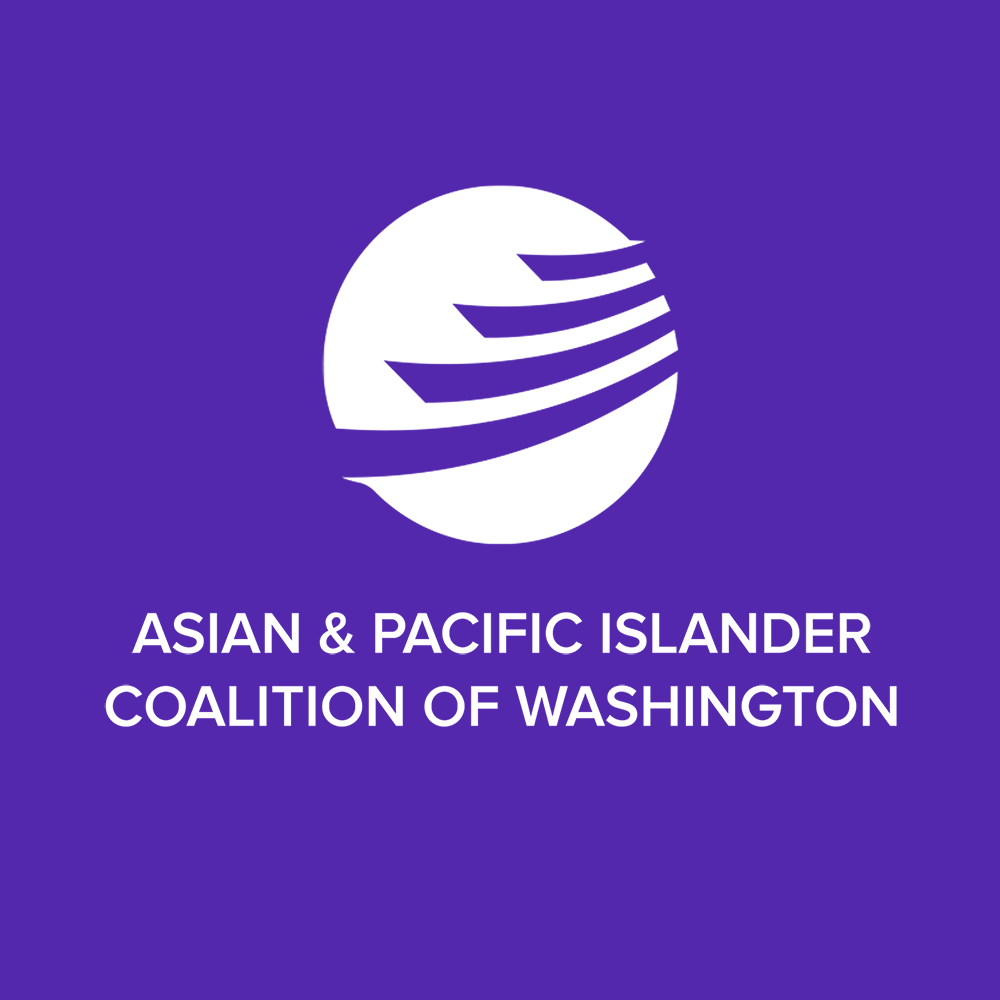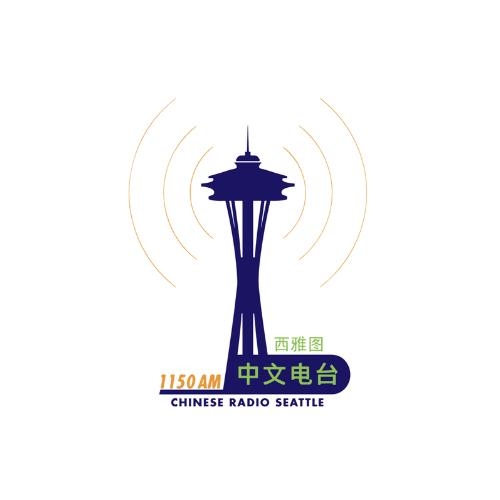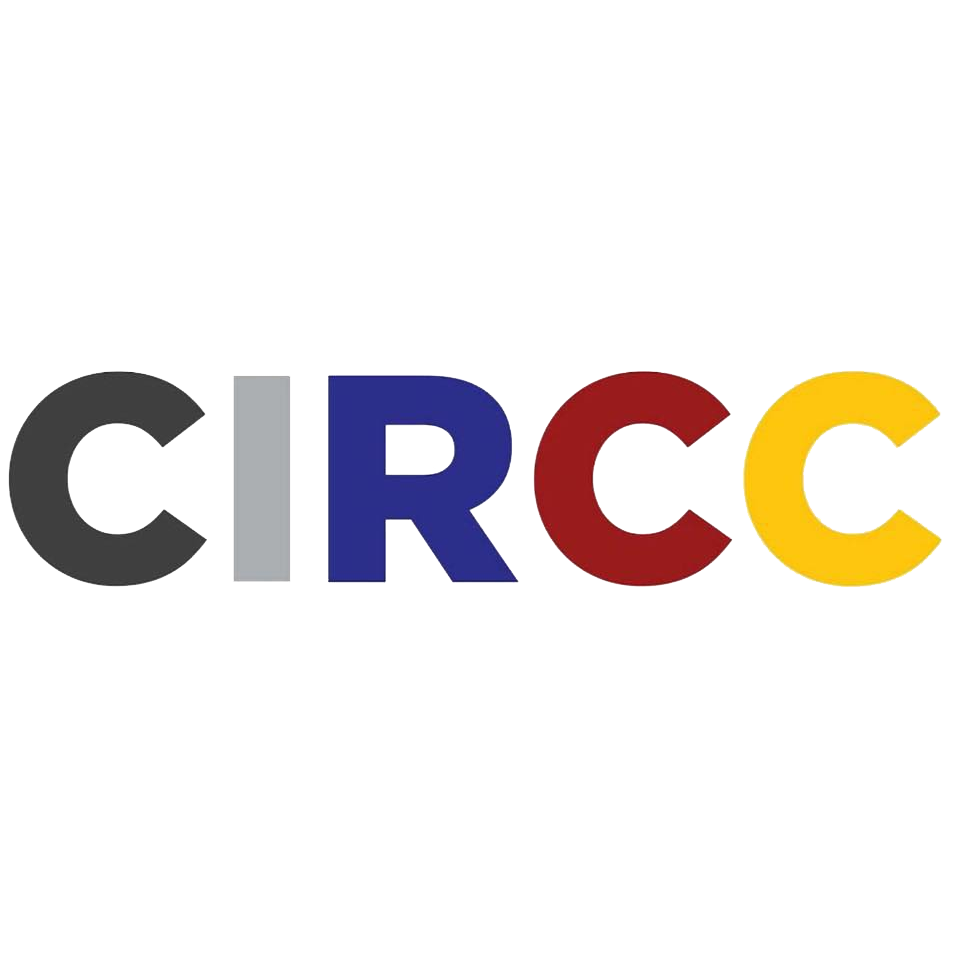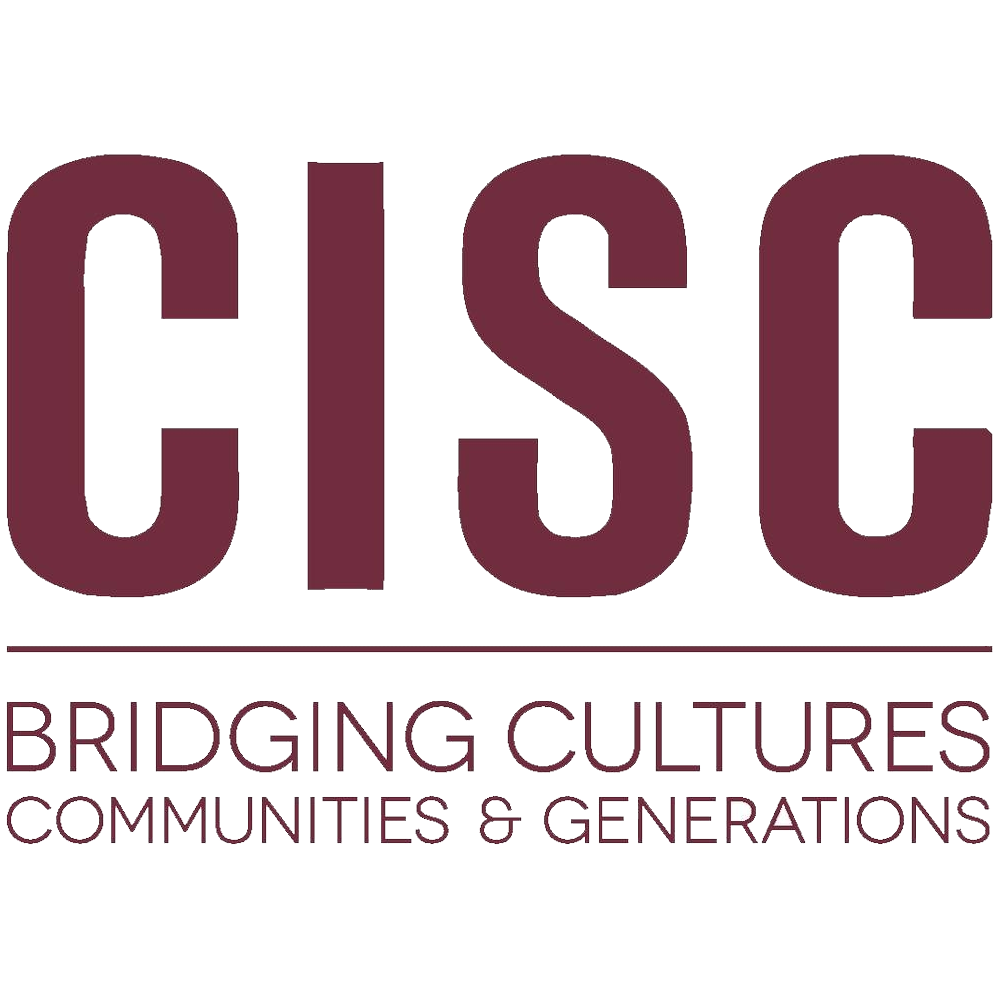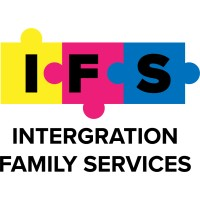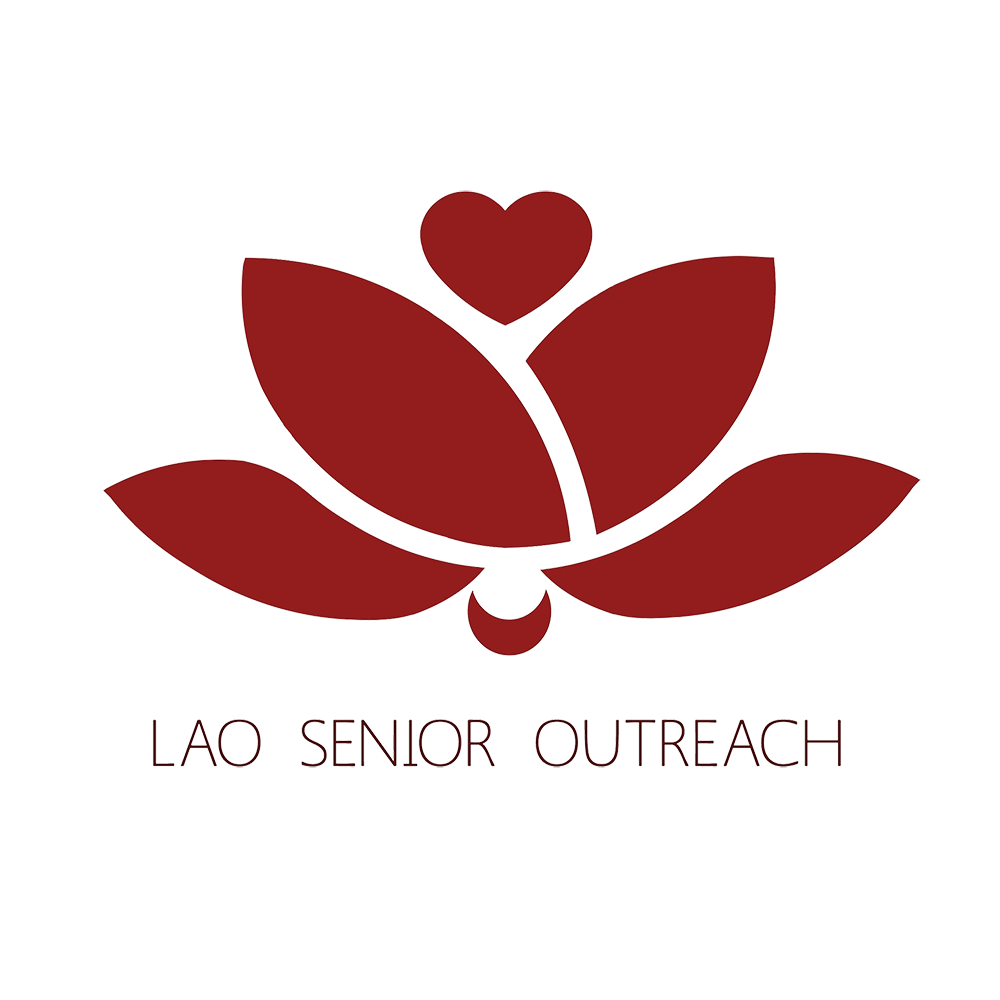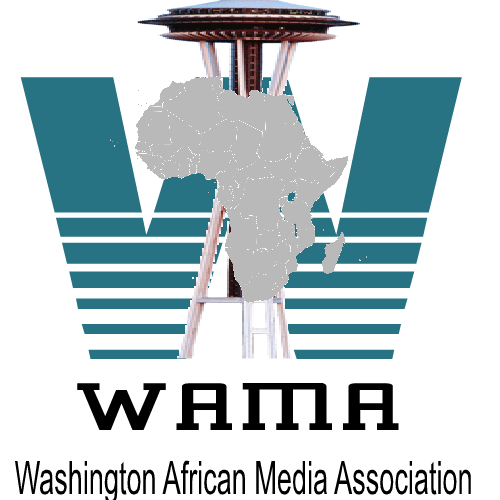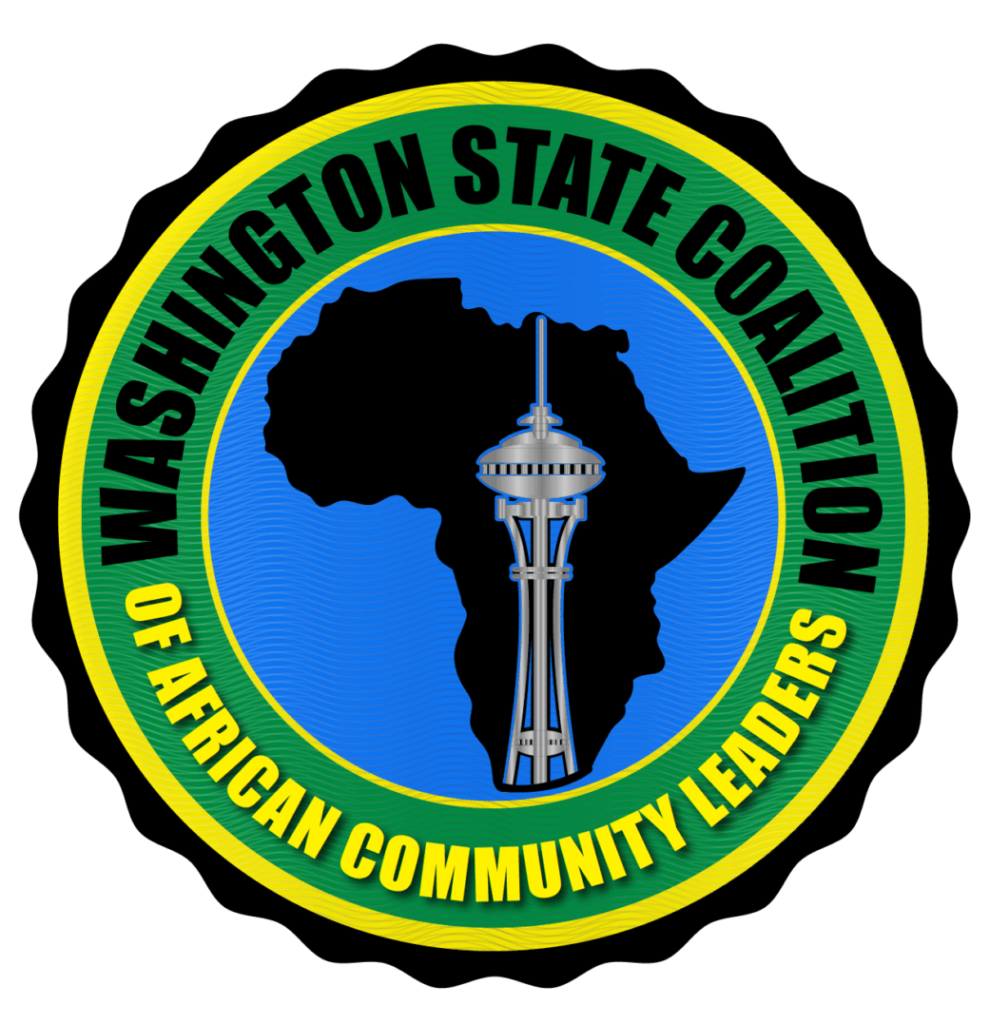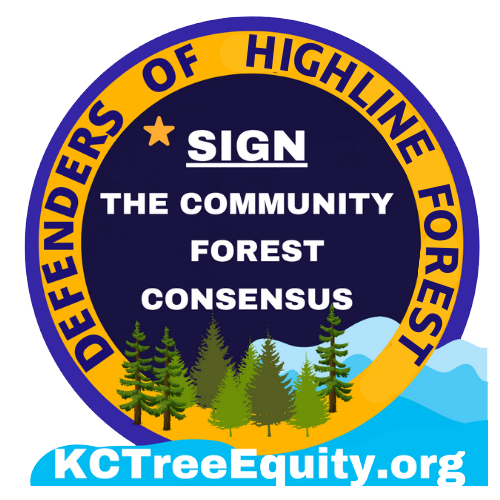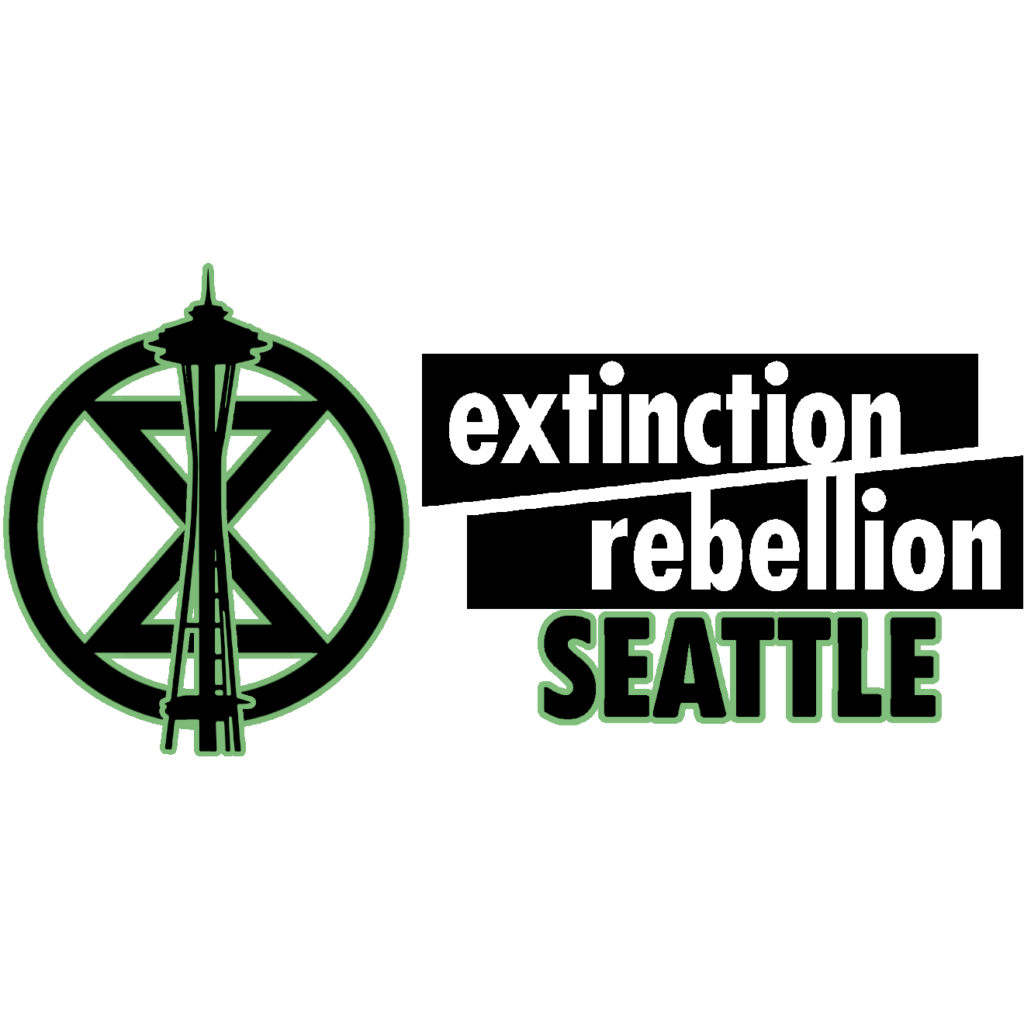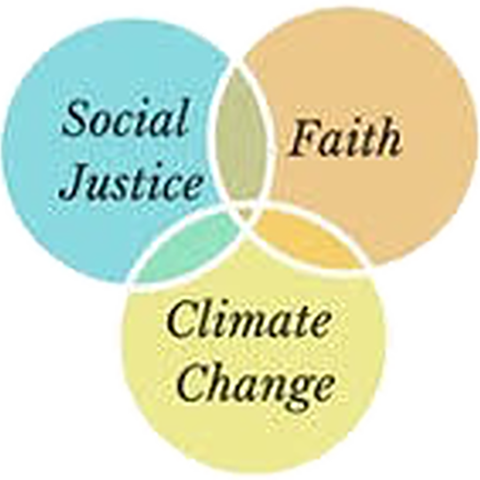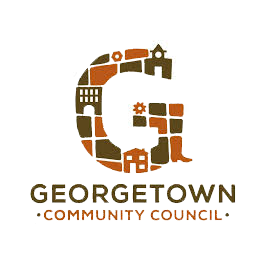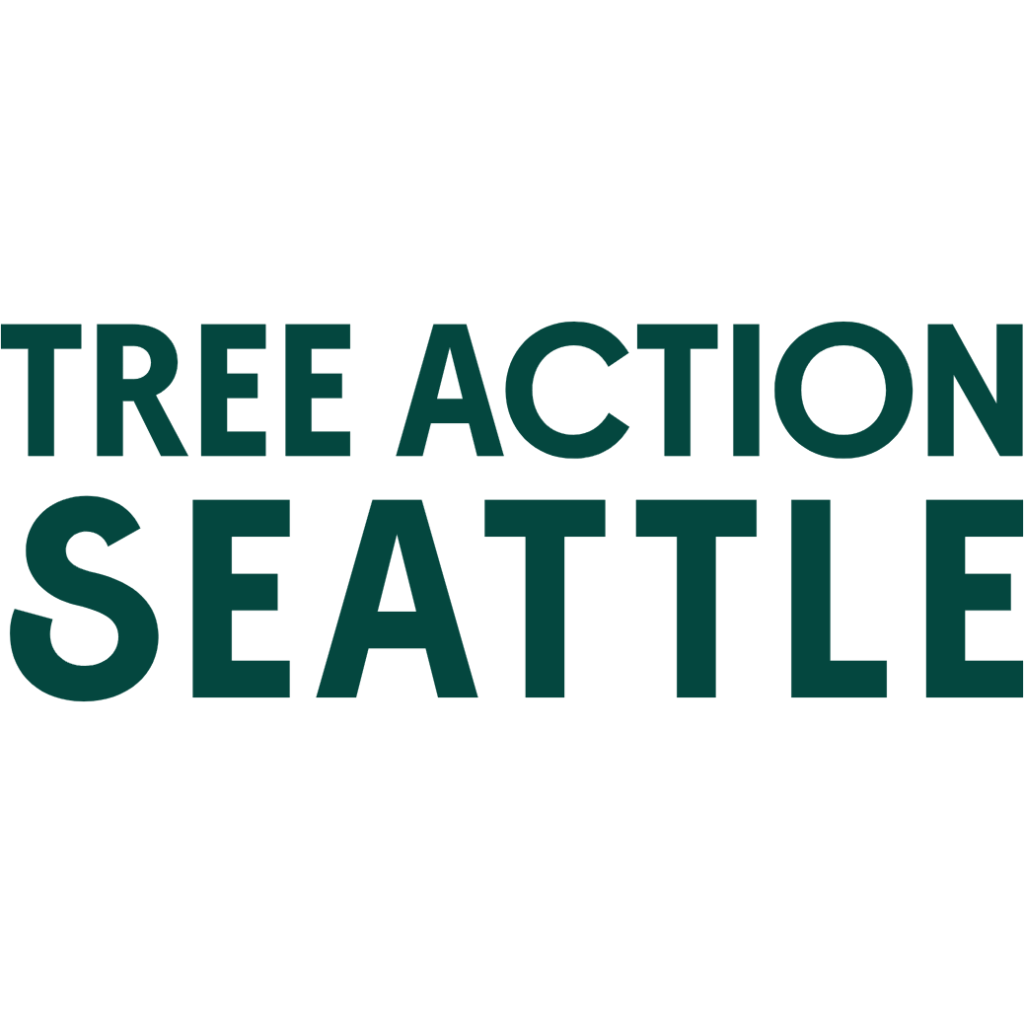Letter of Concern for SEPA Review
Read the Letter of Concern and join over 40 ally organizations with 7,000+ people calling for No Added Harm from SeaTac Airport service expansion.
The SeaTac Airport Community Coalition for Justice (STACC4J) coalition members Beacon Hill Council, El Centro De La Raza, King County International Airport Community Coalition, Quiet Skies Puget Sound and 350 Seattle Aviation Team volunteers, twenty-five (25) people of color and immigrants and refugee organizations, seventeen (17) mainstream organizational allies and 7,006 residents respectfully submit the comments on the SAMP Near Term Projects.
Since 2016, member coalition organizations have been educating themselves on SeaTac Airport health, environmental and climate harms on aviation impacted communities near SeaTac Airport and under its flight paths. We reached out to impacted communities and residents of color, immigrants and refugees who are not as engaged in this issue as others, to help them voice their concerns.
SAMP Environmental Assessment Comments addressed to SAMP NEPA & SEPA Reviewers:
We are very concerned that the 420,000 SeaTac Airport flights are already harming the environment, climate, and risking the health of our beloved children, families and workers. Now, SeaTac Airport wants to increase the flights to 509,892 with the Sustainable Airport Master Plan (SAMP). This is unjust.
SeaTac Airport is run by the Port of Seattle government. We are disappointed that they determined that SAMP has no significant impact. We ask for NO ADDED HARM.
SeaTac Airport flights impact more than 419,761 residents living near the airport and under flight paths. The residents include roughly 64% people of color/mixed race, 29% immigrants and refugees, 22% children, and 12% elders. The near-airport communities include Burien, Des Moines, Federal Way, Normandy Park, Renton, SeaTac, and Tukwila. Communities that are not near the airport but are under the flight paths include Beacon Hill, Georgetown, Duwamish, Skyway, White Center, and Chinatown International District.
We don’t want the added environmental, health, and climate justice harms on our children, families, neighbors and workers.
Environmental
Flight take-offs and landings produce air pollution that includes noxious gasses and ultrafine particles that settle over our communities. We breathe in that polluted air. Aircrafts also produce noise pollution above 65 decibels, well above the World Health Organization guideline of 55 decibels of environmental noise during the day and 45 decibels at night. Most resident in airport-impacted communities are not eligible for noise mitigation. There is no mitigation for air pollution while ultrafine particles are both unmonitored and unregulated.
Health
The 2020 King County Public Health report, “Community Health and Airport Operations Related Noise and Air Pollution,” profiled the health of airport-impacted communities within one mile, 1-5 miles, and 5-10 miles of SeaTac Airport. Table 16 on page 22 shows the following health outcomes:
- Life expectancy is lower by 5 years for those living within 1 mile of SeaTac Airport, 3.5 years within 5 miles and 1.7 years within 10 miles of SeaTac Airport.
- Air pollutants cause respiratory issues such as asthma, cancer, and central nervous system problems.
- Noise and air pollution cause cardiovascular problems.
- Ultrafine particles air pollutants likely cause low birth weight. They are not monitored nor regulated. (Other studies show that ultrafine particles can lead to decreased lung function and impair cognitive abilities in children.)
Climate
Aviation is a major contributor to climate change. Aviation emissions will account for 27% of the global carbon budget by 2050. In 2017, tailpipe emissions from aviation fuel pumped at SeaTac Airport contributed an estimated 5,804,000 tonnes of CO2, or close to a quarter of King County’s emissions. Also, the nonCO2 impacts of aviation emissions cause them to have three times the climate warming impact as on-the-ground emissions.
Equity
COVID-19 showed us that vulnerable communities (such as people of color, immigrants and refugees, and low-income people) experience faster and harder impacts. The 419,716 airport impacted residents include: 64% people of color, 29% immigrants and refugees, 22% children, and 12% elders. These are overburdened and vulnerable communities that have not received any air pollution mitigation and very limited noise pollution mitigation. SAMP will only add more harm at a harder and faster rate.
Historic Properties
Chinatown International District is a landmarked historic district. Aircraft air and noise pollution contribute to the degradation of these historic properties and for those who live, work and play in those areas experience environmental, climate and health harms.
We ask that you determine that SAMP does have significant impacts and that it needs:
- cumulative environmental, health and climate impact analysis (EIS),
- the requested racial and economic impact analysis under President Clinton’s Executive Order 12989 on Environmental Justice as submitted in the SAMP Scope of Work and promised,
- contextual analysis of the SAMP short term project in relation to the SAMP long term projects.
This is about our people’s lives, our planet’s health and our joint futures.
We are available to answer any questions you may have. Please contact STACC4J Steering Committee chair Maria Batayola at batayolam@fixtheharm.org.
We look forward to a positive response. We are in this together.
In Solidarity,
